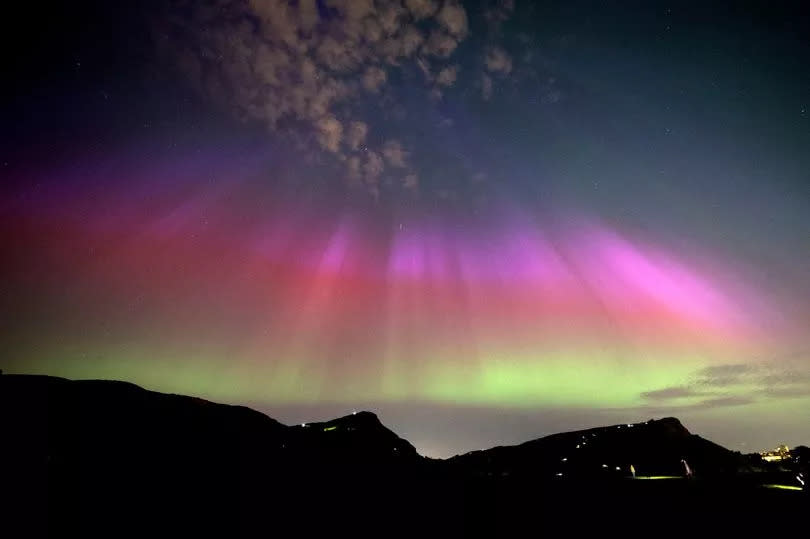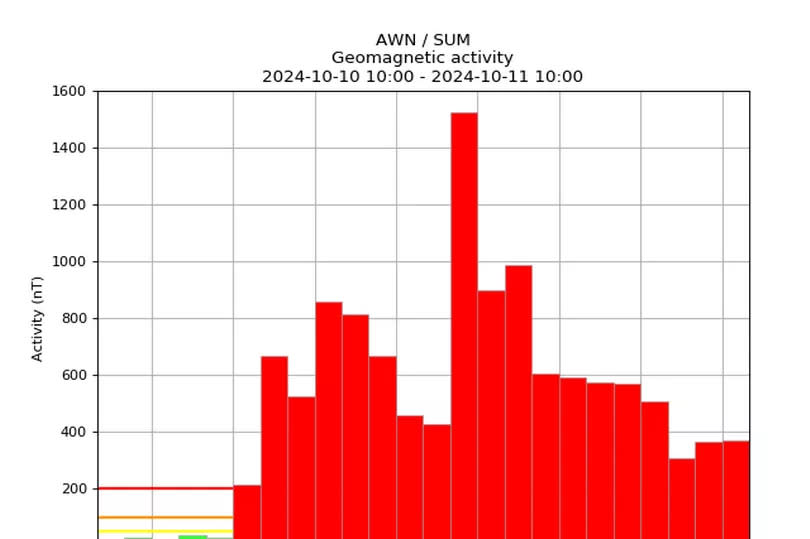Northern Lights red alert issued for tonight

If you missed the spectacular Northern lights display last night then fear not. The incredible natural phenomenon, which sees the night sky glowing in eerie green, red and blue colours, could make a return this evening.
The Met Office has said that they will be visible in parts of the UK, while Aurora Watch UK has issued a red alert warning for this evening (Friday, October 11). Stargazers across swathes of the UK enjoyed a spectacular light show last night (Thursday, October 10).
While more visible in the north of the UK, people as far south as southern England were able to witness the Aurora Borealis. And the good news is that they may also be visible tonight (Friday October 11).
READ MORE:Good Morning Britain host announces they're stepping down and won't return until next year
However, there is a catch. The Exeter-based Met Office has said they will be largely visible in Scotland and cloud cover would obscure many people's view.
"Cloudier skies tonight will limit the chances of seeing the #northernlights, however Scotland offers the best chance of seeing the Aurora," a tweet on X said. A graphic accompanying it showed the lights would likely be most visible at around 10pm.
And Aurora Watch UK issued a red alert, saying the Aurora was 'likely'. It did not give information about where it could be seen, but implied midnight was the best time to see it.

According to the Met Office website: "The northern lights (also known as Aurora Borealis) appear as large areas of colour including pale green, pink, shades of red, yellow, blue and violet in the direction due north.
"The northern lights are best seen in darkness, away from any light pollution. The lights generally extend from 50 miles to as high as 400 miles above the Earth's surface.
"The northern lights occur as a consequence of solar activity and result from collisions of charged particles in the solar wind colliding with molecules in the Earth's upper atmosphere."


